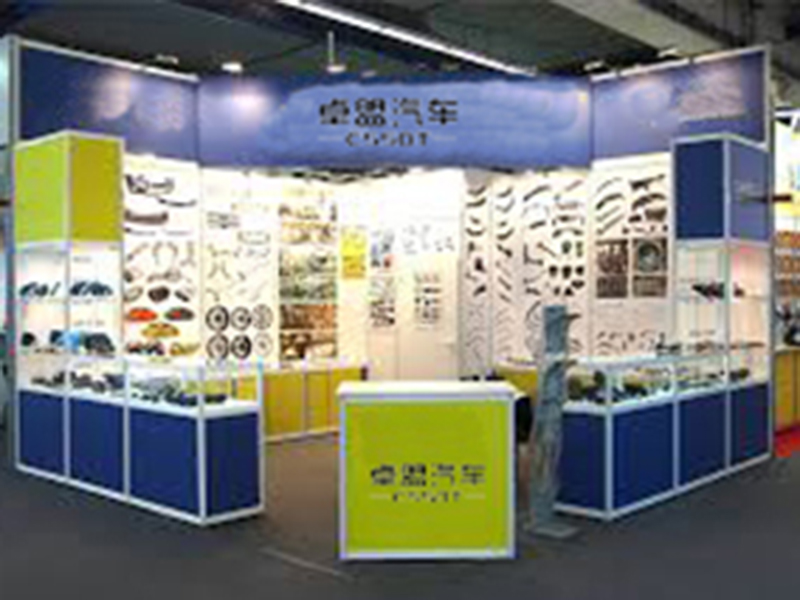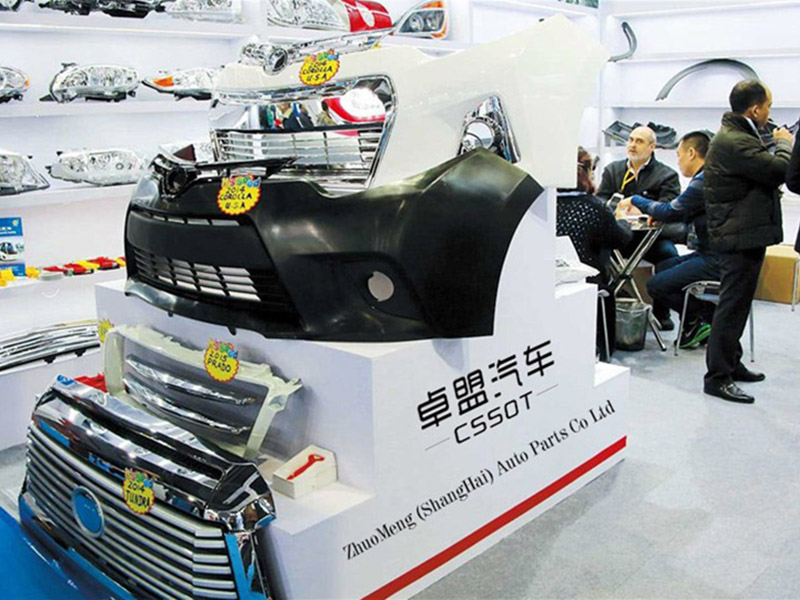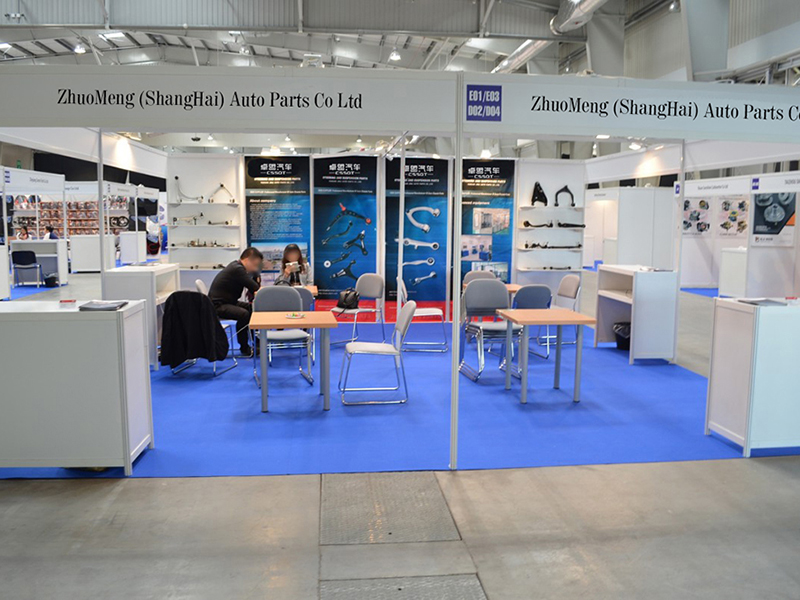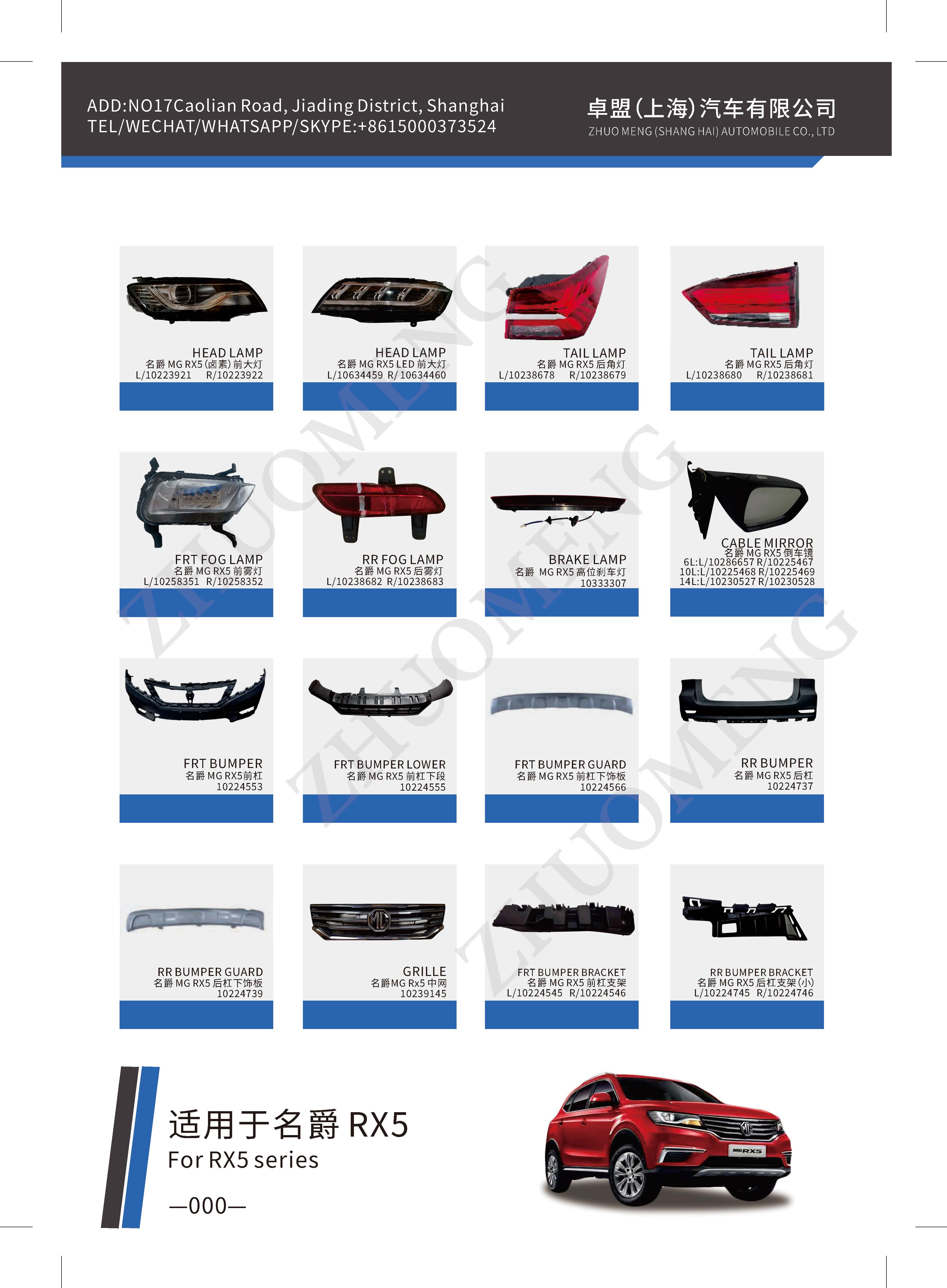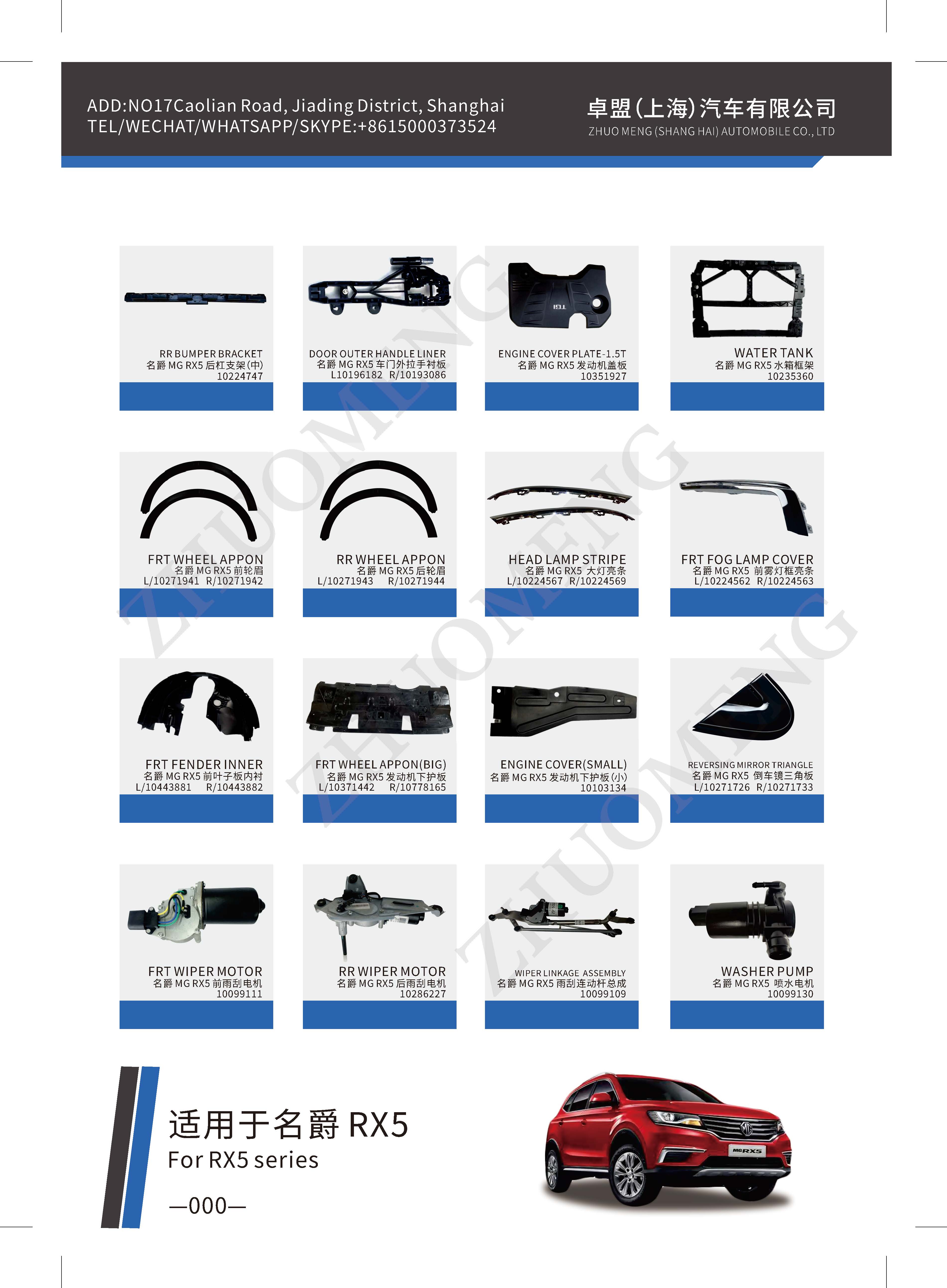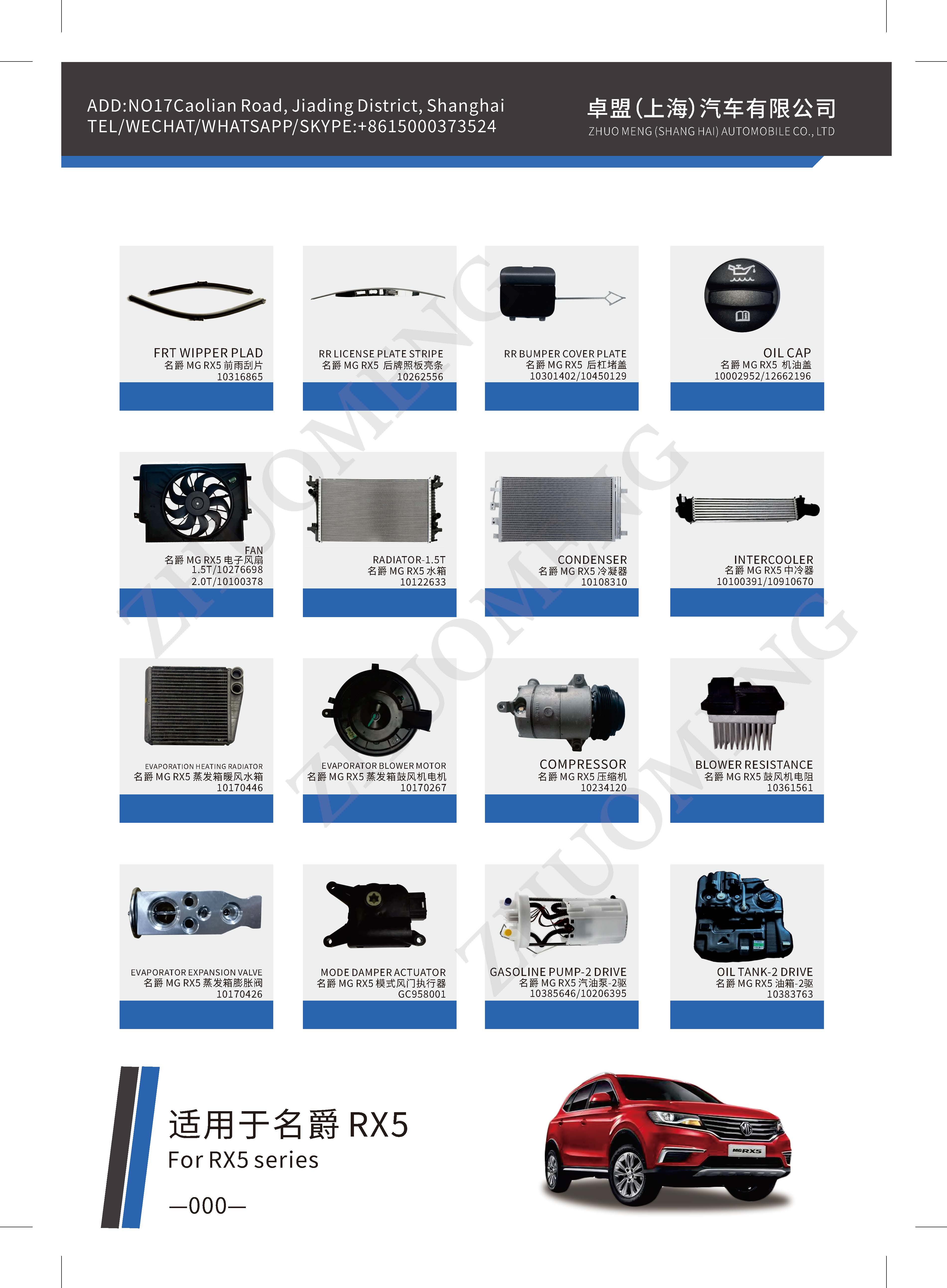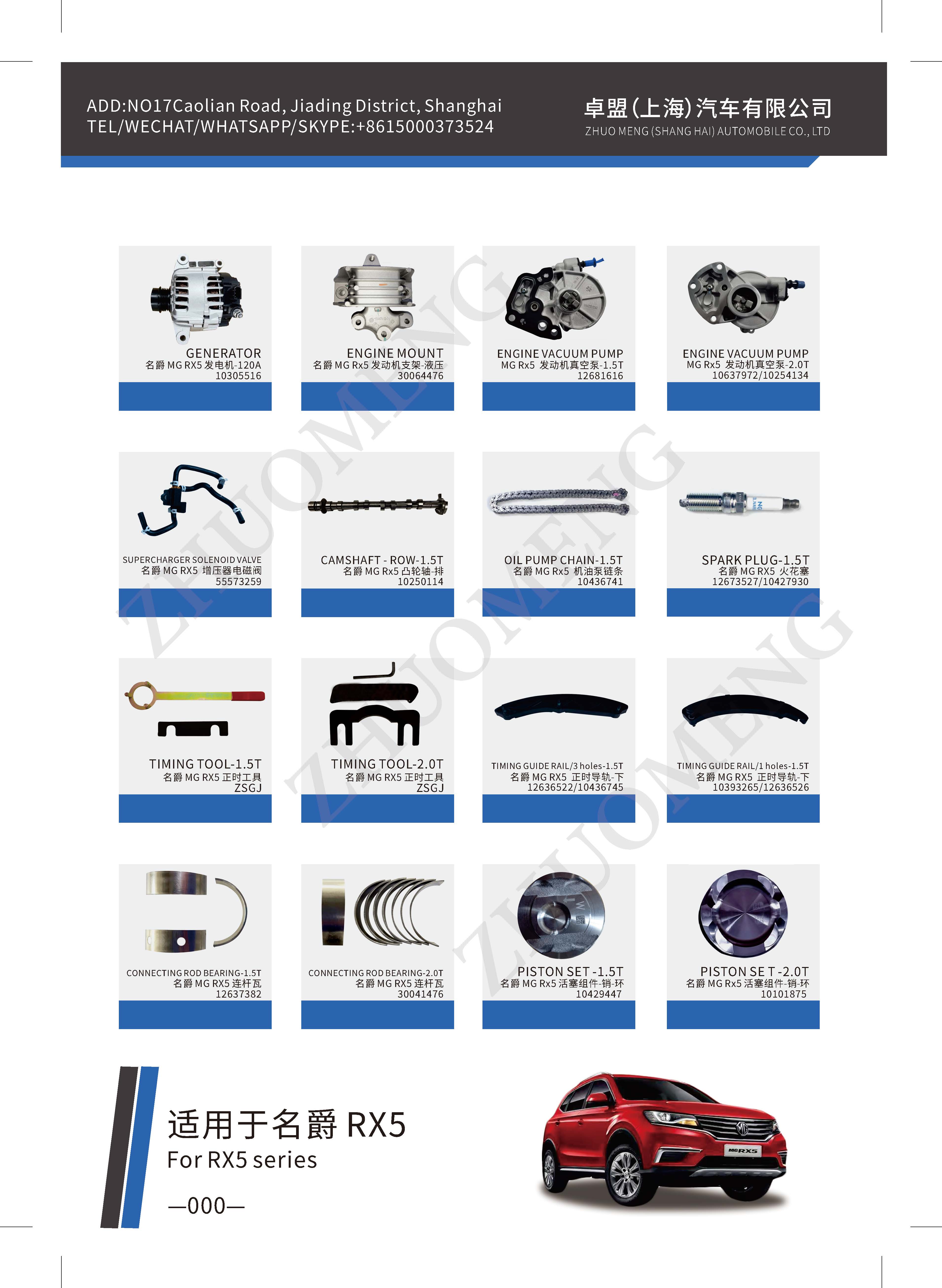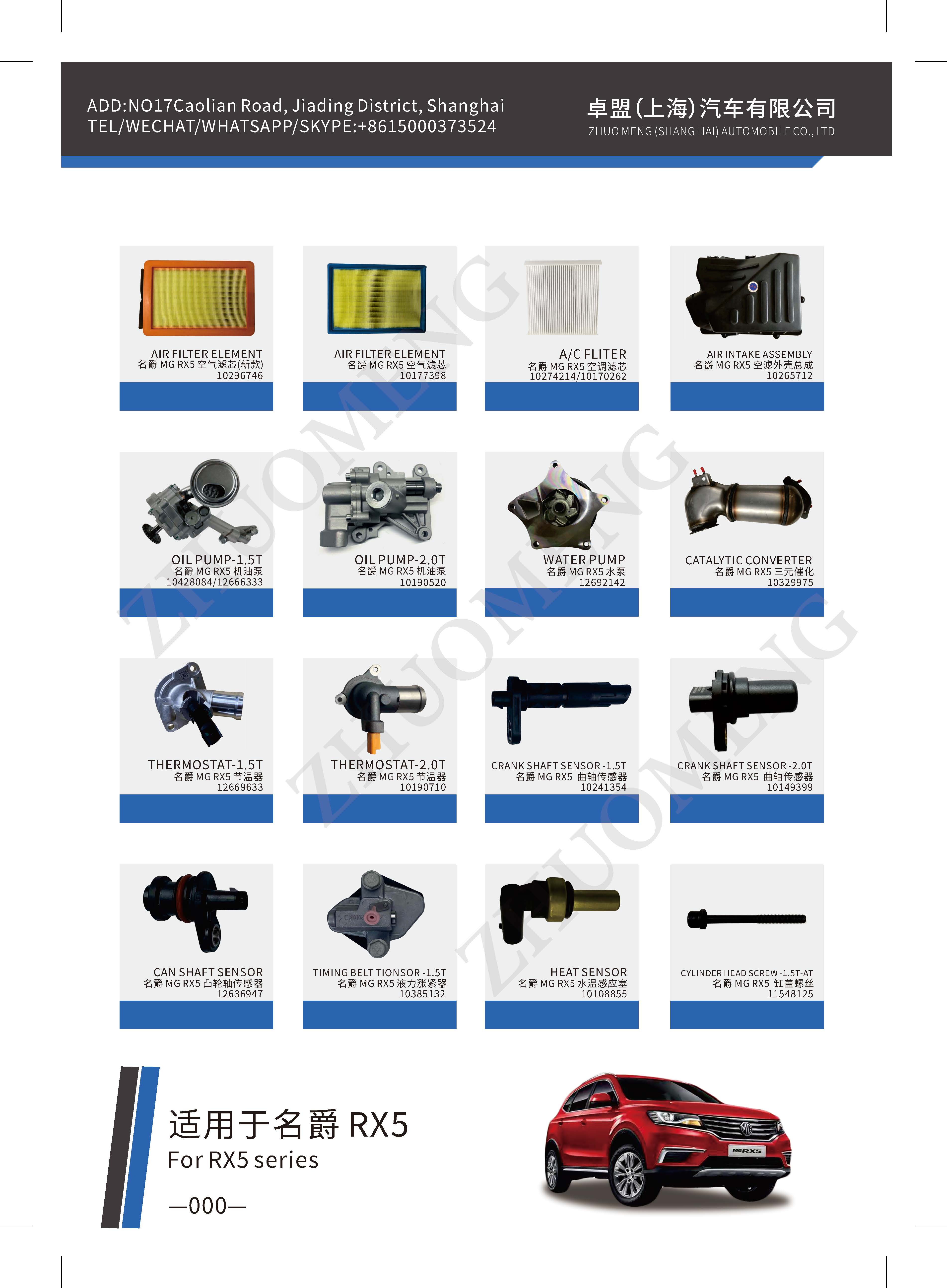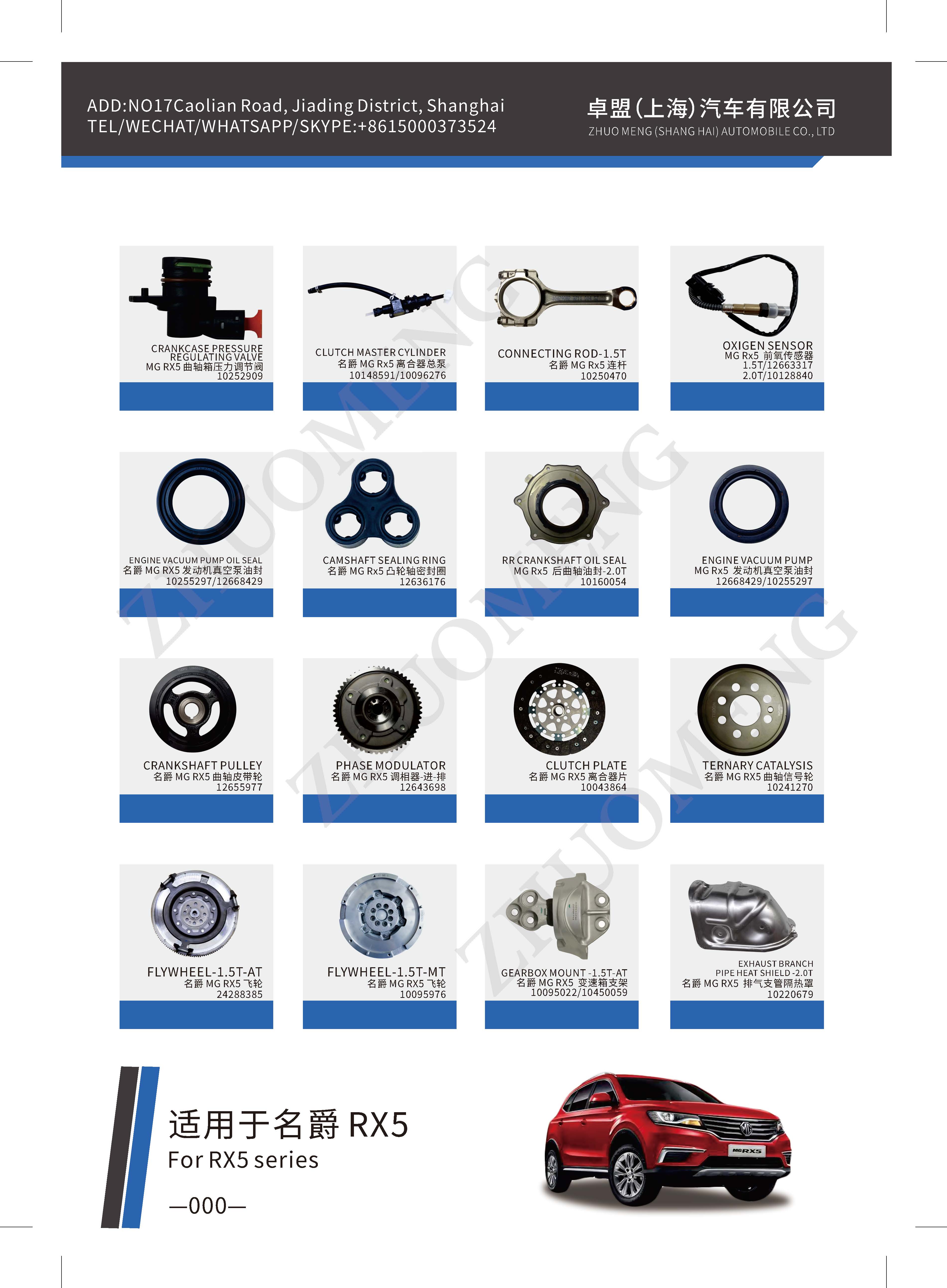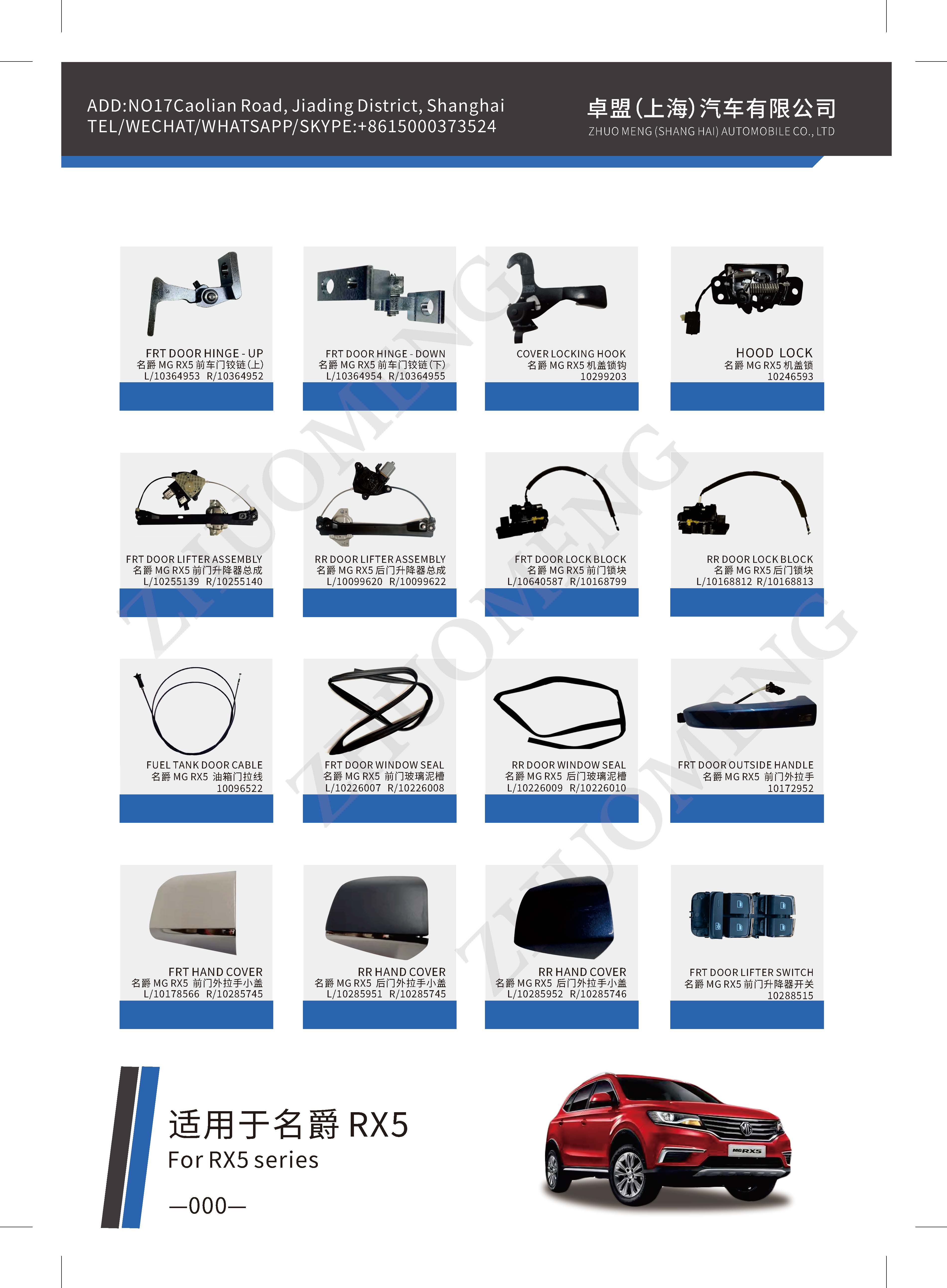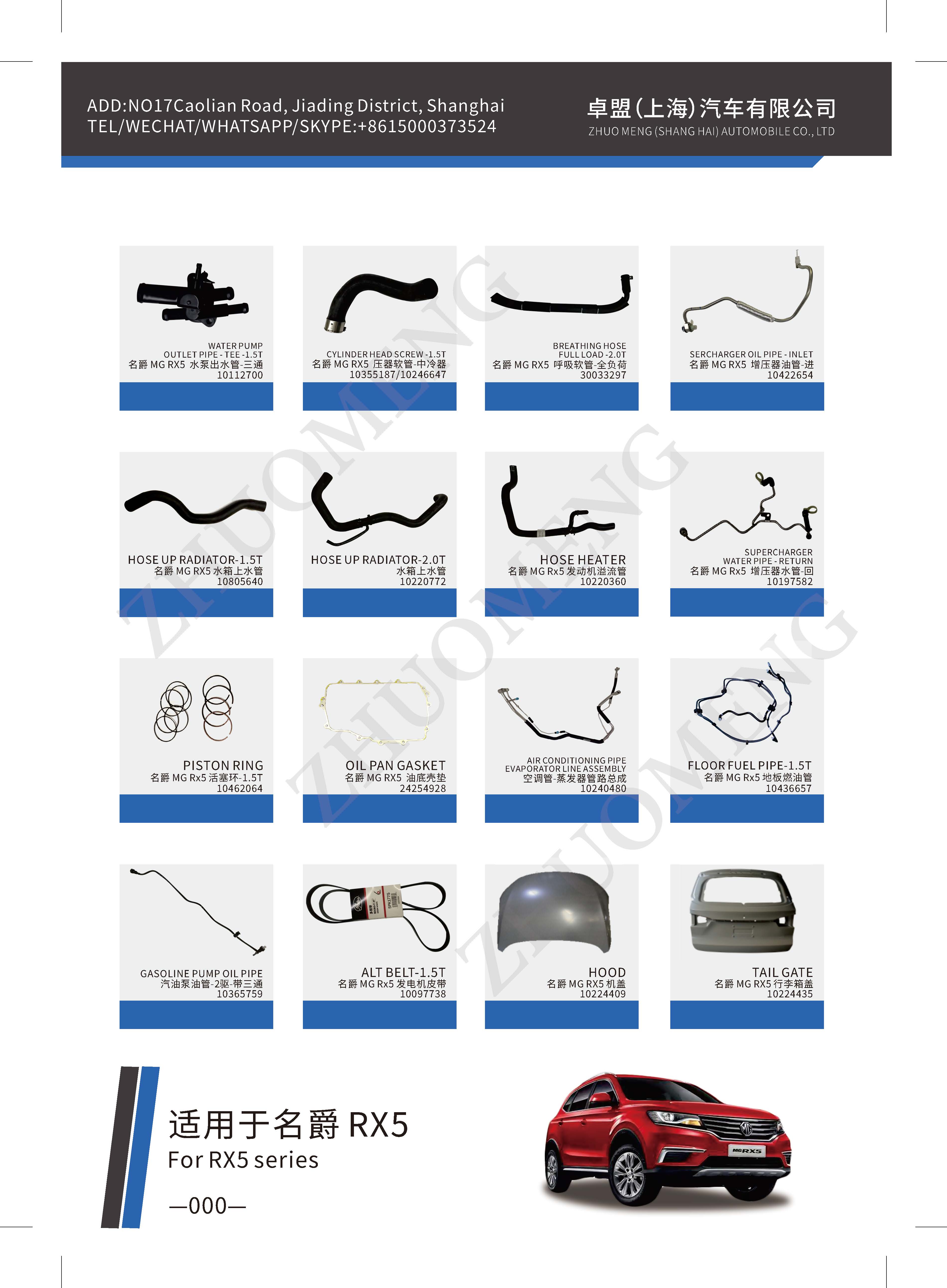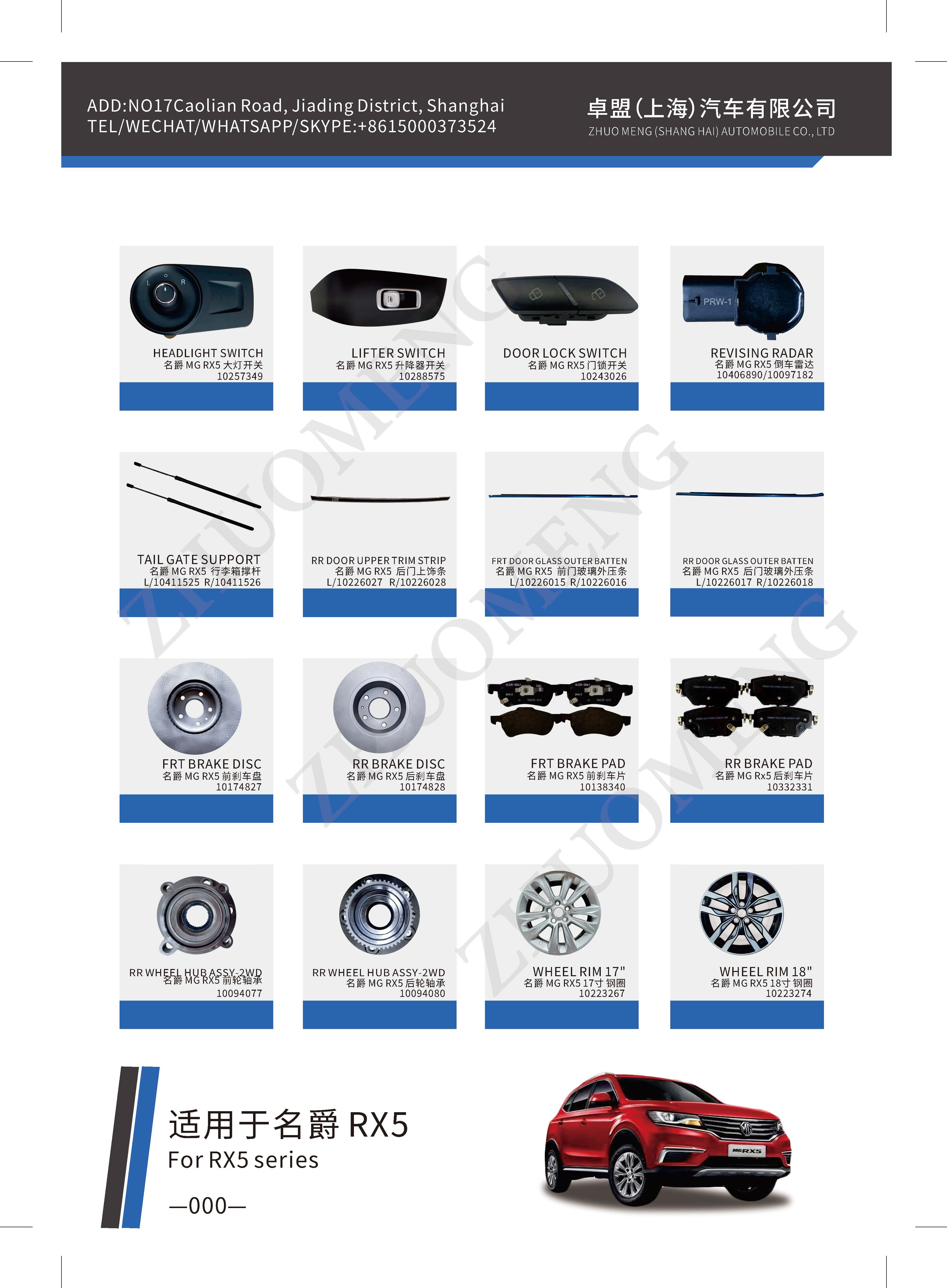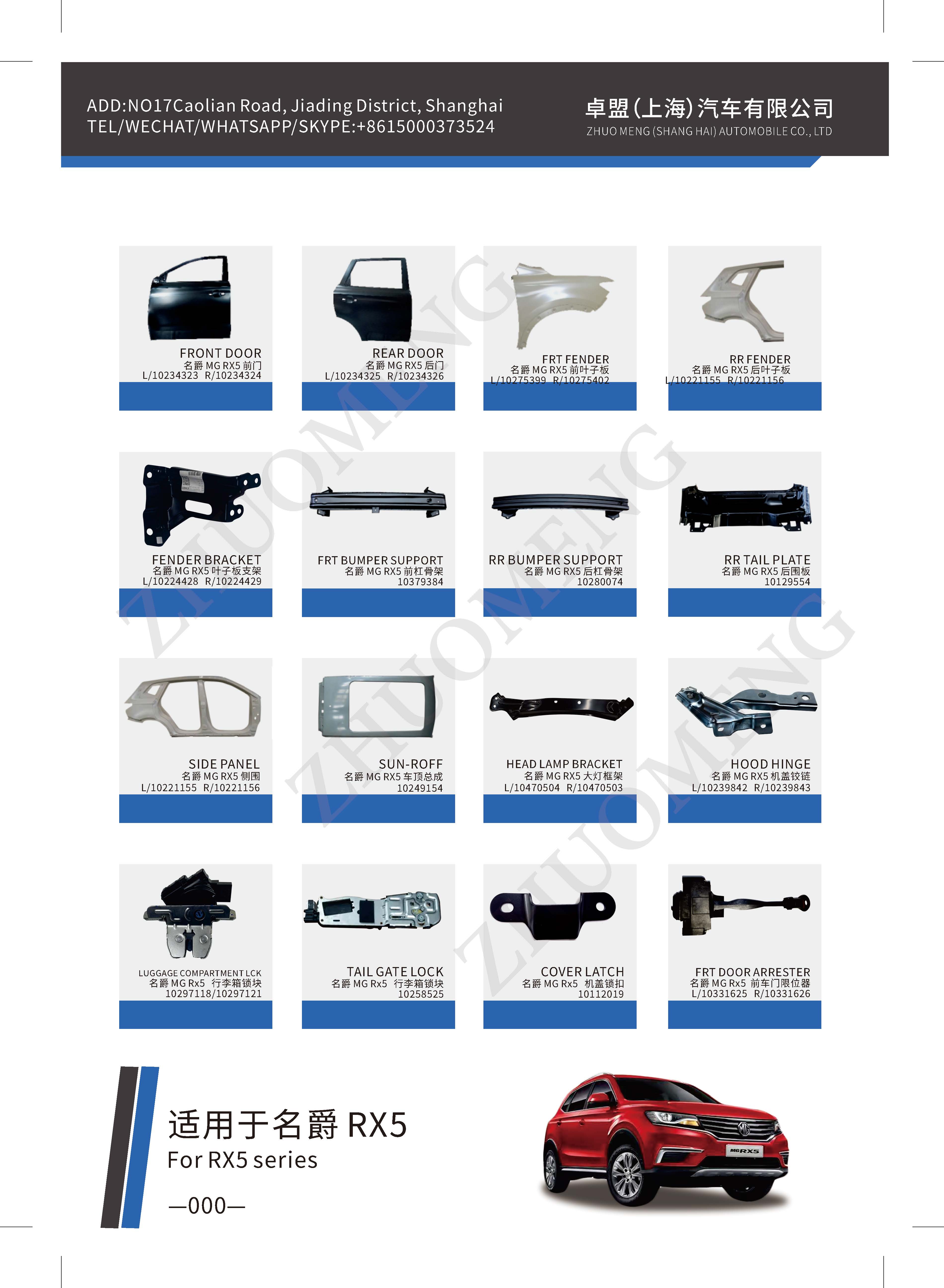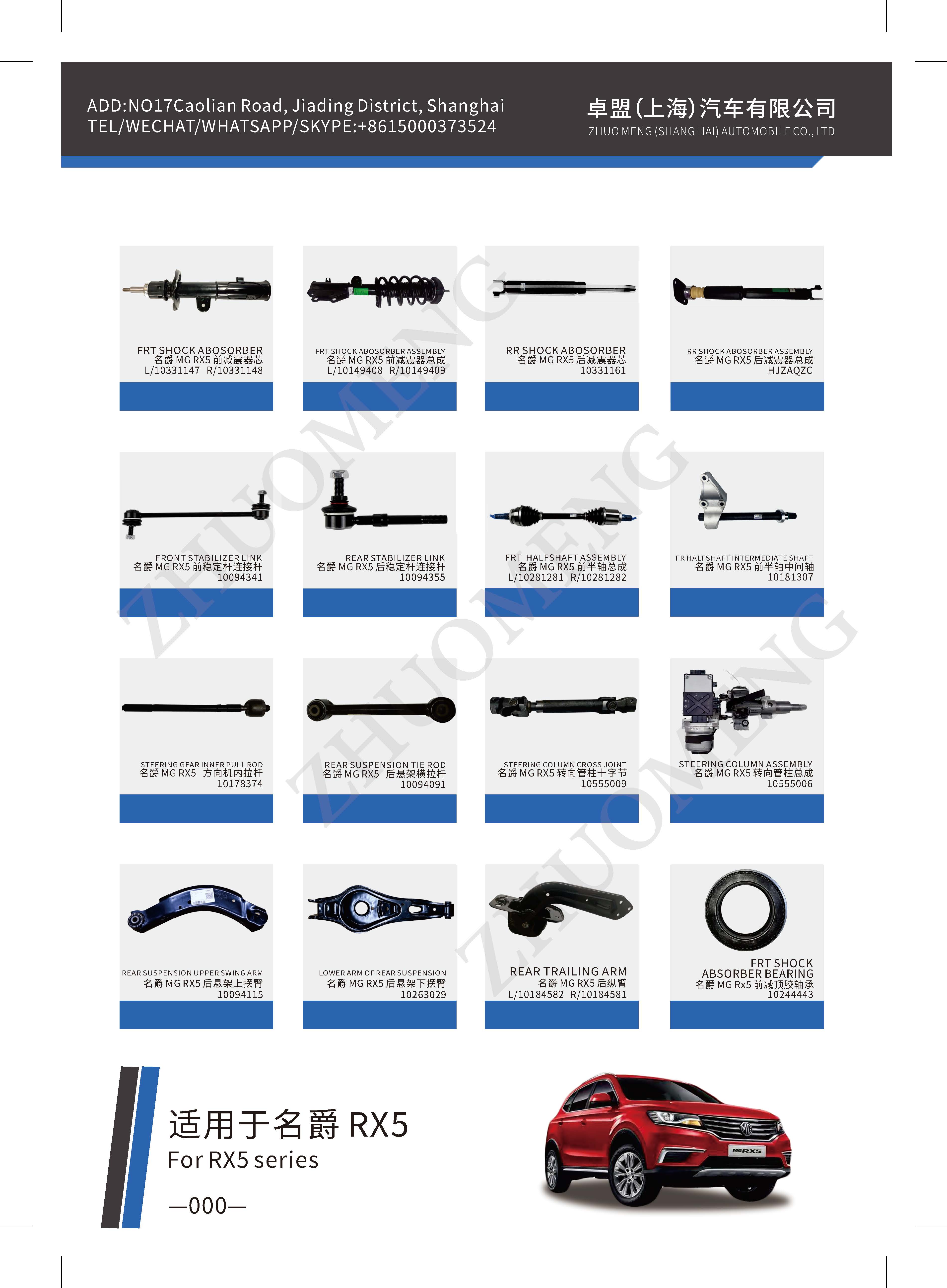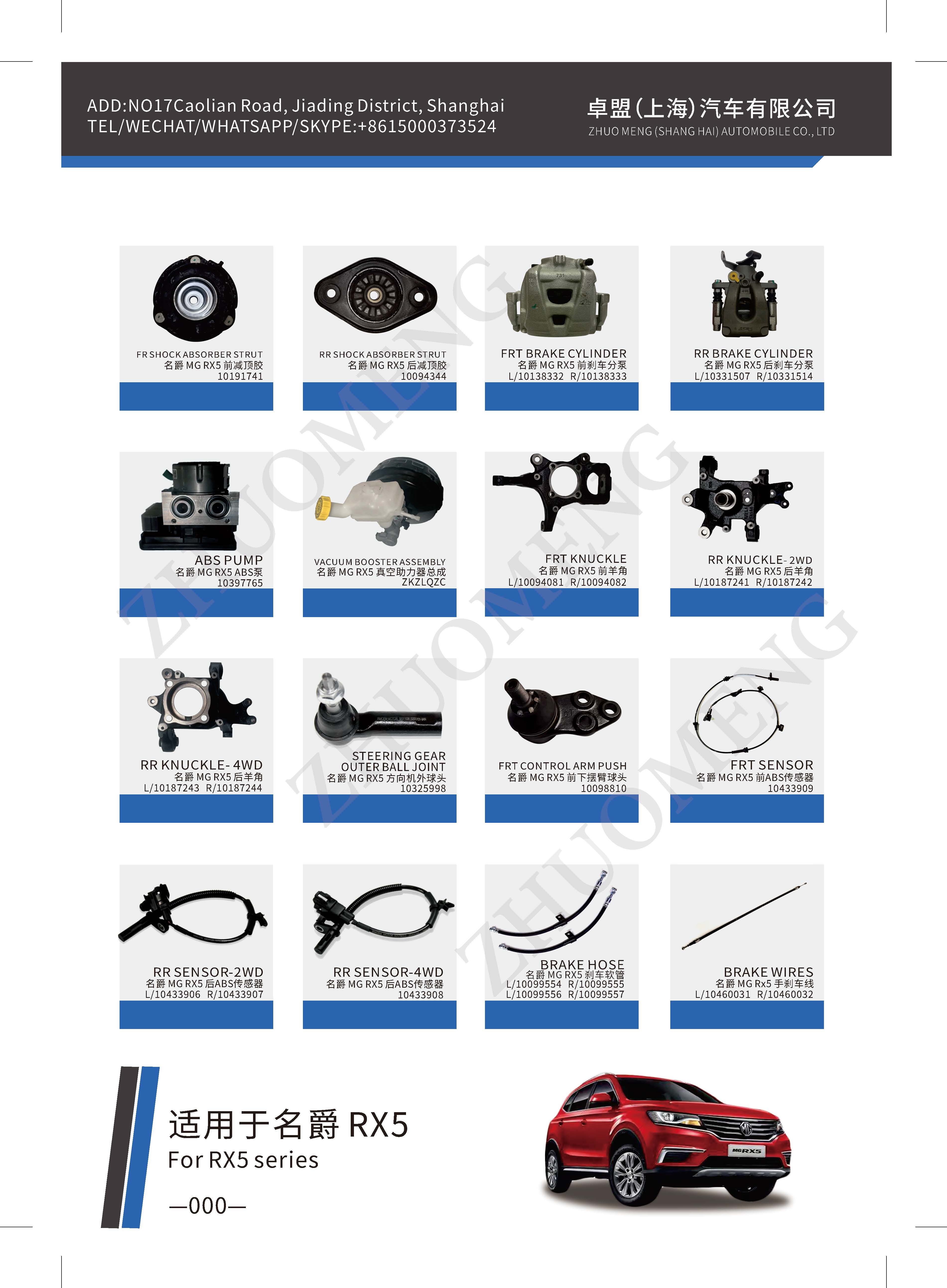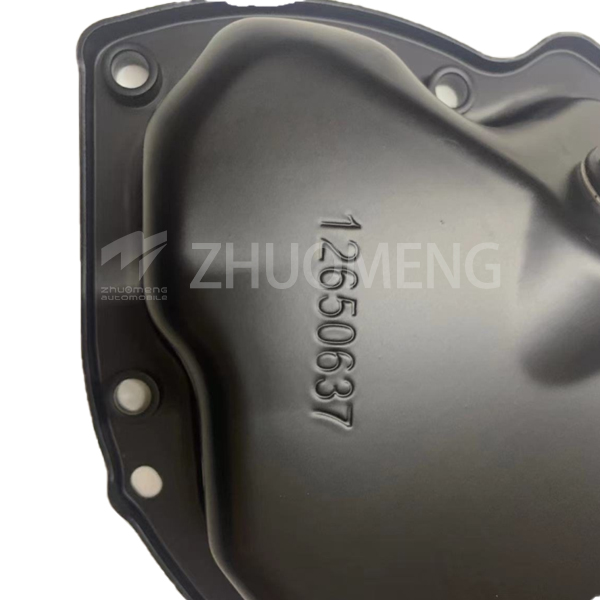The oil is mounted at the bottom of the engine, also known as the lower crankcase. Now, the upper part of the cylinder block is the cylinder block, including the lower part of the oil pan is the crankcase. The cylinder block and the crankcase should be bolted together.
Now for easy fabrication and repair, the upper part of the crankshaft and the cylinder block is cast together, and the oil pan becomes a separate part, attached to the crankcase by screws.
The oil pan is used to store oil, and, of course, other functions, such as sealing the crankcase to make it a clean working environment, storing dirt, heat dissipation in the lubricating oil, etc.
Installation position of oil pan Function of oil pan
The main function of the oil pan is oil storage. When the engine stops running, a portion of the oil in the engine returns to the oil pan by gravity. When the engine starts, the oil pump takes the oil to all the lubrication parts of the engine, and most of the oil is usually in the oil pan. Generally speaking, the role of the oil pan is to seal the crankcase as the shell of the storage tank, close the crankcase, prevent impurities from entering the tank, collect and store the lubricating oil due to the friction surface, emit some heat, prevent lubricating oil oxidation.
Classification of oil bottom shell
wet sump
Most cars on the market are wet oil pan, so they are named wet oil pan, because of the engine crankshaft crank and link head, the crankshaft will be immersed in the oil pan lubricating oil once, play the role of lubrication. At the same time, due to the high speed operation of the crankshaft, each crank high speed immersed in the oil tank, will arouse a certain oil flower and oil mist to lubricate the crankshaft and shaft tile, this is the so-called splash lubrication. This requires the liquid level height of the lubricating oil in the oil pan. If too low, the crankshaft crank and connecting rod big head can not be immersed in the lubricating oil, resulting in a lack of lubrication and smoothness of the crankshaft, connecting rod and shaft tile. If the lubricating oil level is too high, it will cause the overall bearing immersion, increase the rotation resistance of the crankshaft, and eventually reduce the engine performance. At the same time, lubricating oil is easy to enter the combustion chamber of the cylinder, which will lead to engine burning, spark plug carbon and other problems.
This lubrication mode is simple in structure, with no need to set up another fuel tank, but the inclination of the vehicle should not be too large, otherwise it will cause the accident of breaking oil leakage, burning tile and pull cylinder. Wet oil bottom shell structure
dry sump
Dry oil sumps are used in many racing engines. It does not store oil in the oil pan, or, no oil pan. These moving friction surfaces in the crankcase are lubricated by pressing through metering holes. Because the dry oil pan engine eliminates the oil storage function of the oil pan, so the height of the crude oil pan is greatly reduced, and the height of the engine is also reduced. The benefit of a reduced center of gravity is good for control. The main advantage is to avoid the adverse phenomenon of various wet oil pan caused by fierce driving.
Need to dry the amount of oil in the oil pan, not much and not much. If it is not full, it should be thrown away. Like human blood, the oil in the oil pan is filtered through the oil pump to the filter, then to the working face requiring lubrication, and finally to the oil pan for the next cycle. The service life of the engine oil is also required, and it must be replaced when due. Most of the oil pan is made of thin steel plate stamping. The stable oil baffle is installed inside to avoid the right shock and splash caused by the oil machine turbulence, which is conducive to the precipitation of lubricating oil impurities. The oil ruler is installed on the side to check the oil quantity. In addition, the bottom part of the bottom pan is equipped with oil plug for oil replacement.
You must pay attention to the oil pan when driving, because the oil pan is at the bottom of the engine. Although the engine bottom plate is protected, it is also the most easy to scrape the oil pan leading to oil leakage. Don't panic if the oil pan leaks. Check out this article on this site on how —— deals with oil pan leaks.
